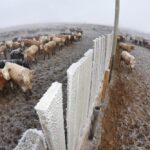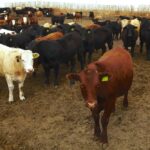MarketsFarm — Mindful of the summer drought conditions that seriously cut into crop production across the Prairies, average trade estimates call for downward revisions to Statistics Canada’s already-small forecasts for most crops when the it releases its first survey-based estimates of the marketing year on Friday. While prior reports, in September and August, were compiled












